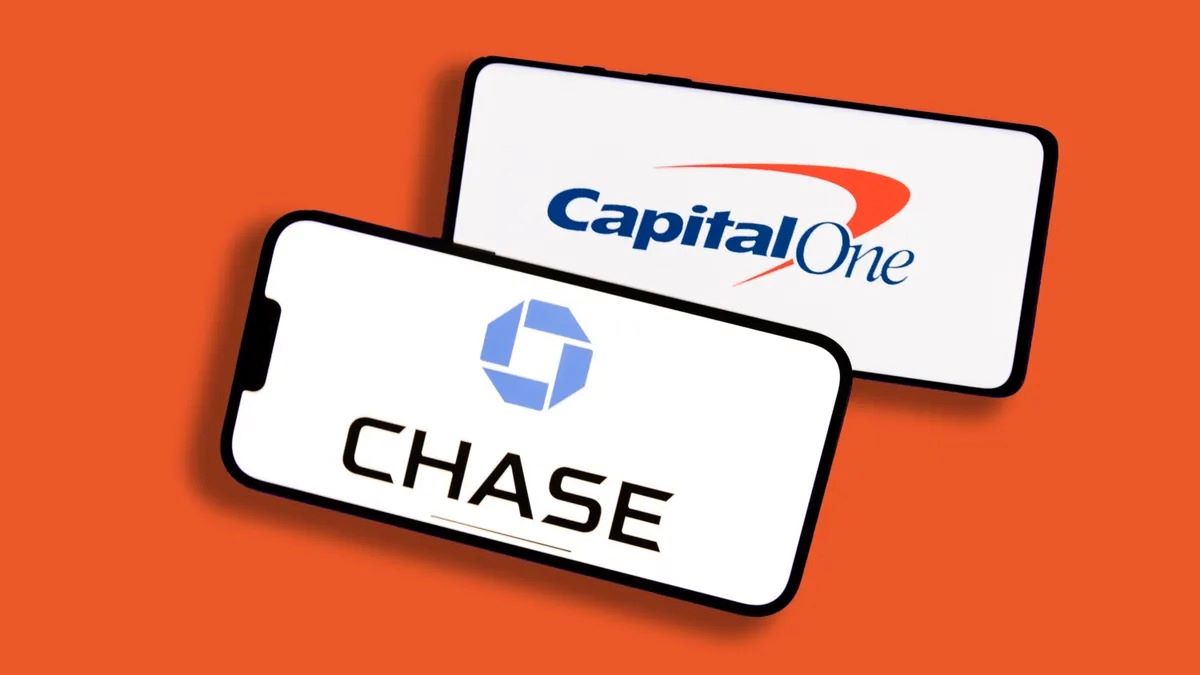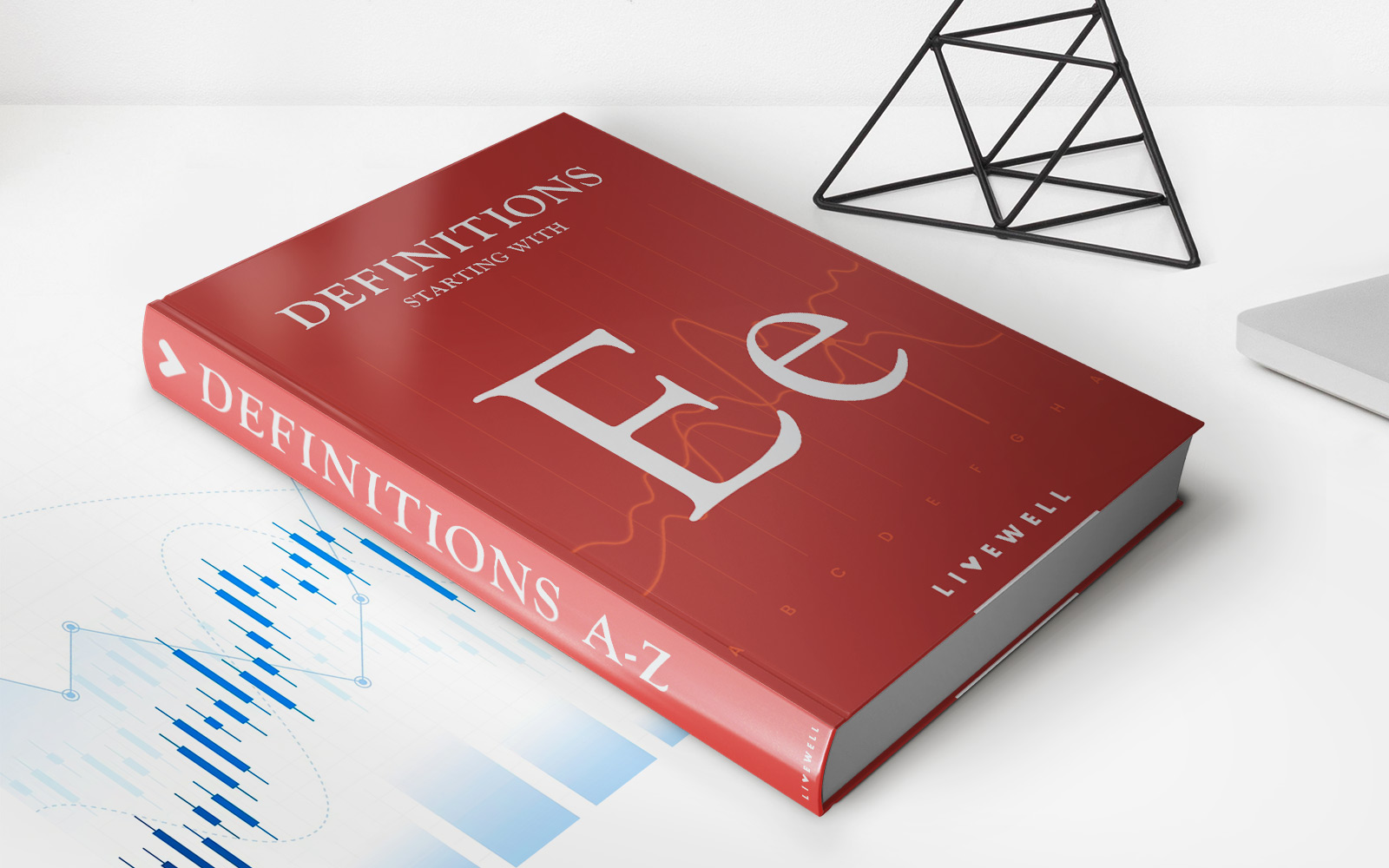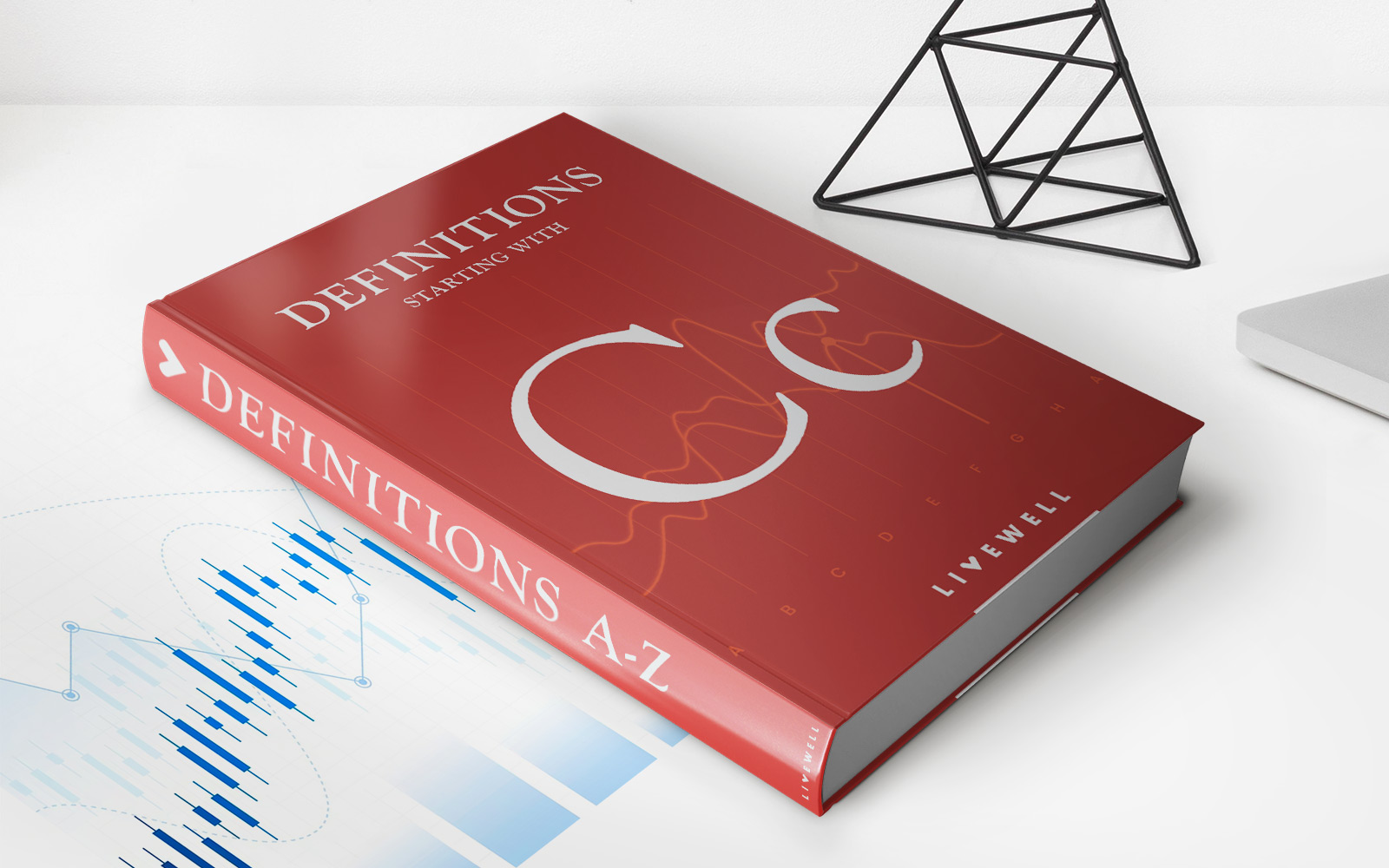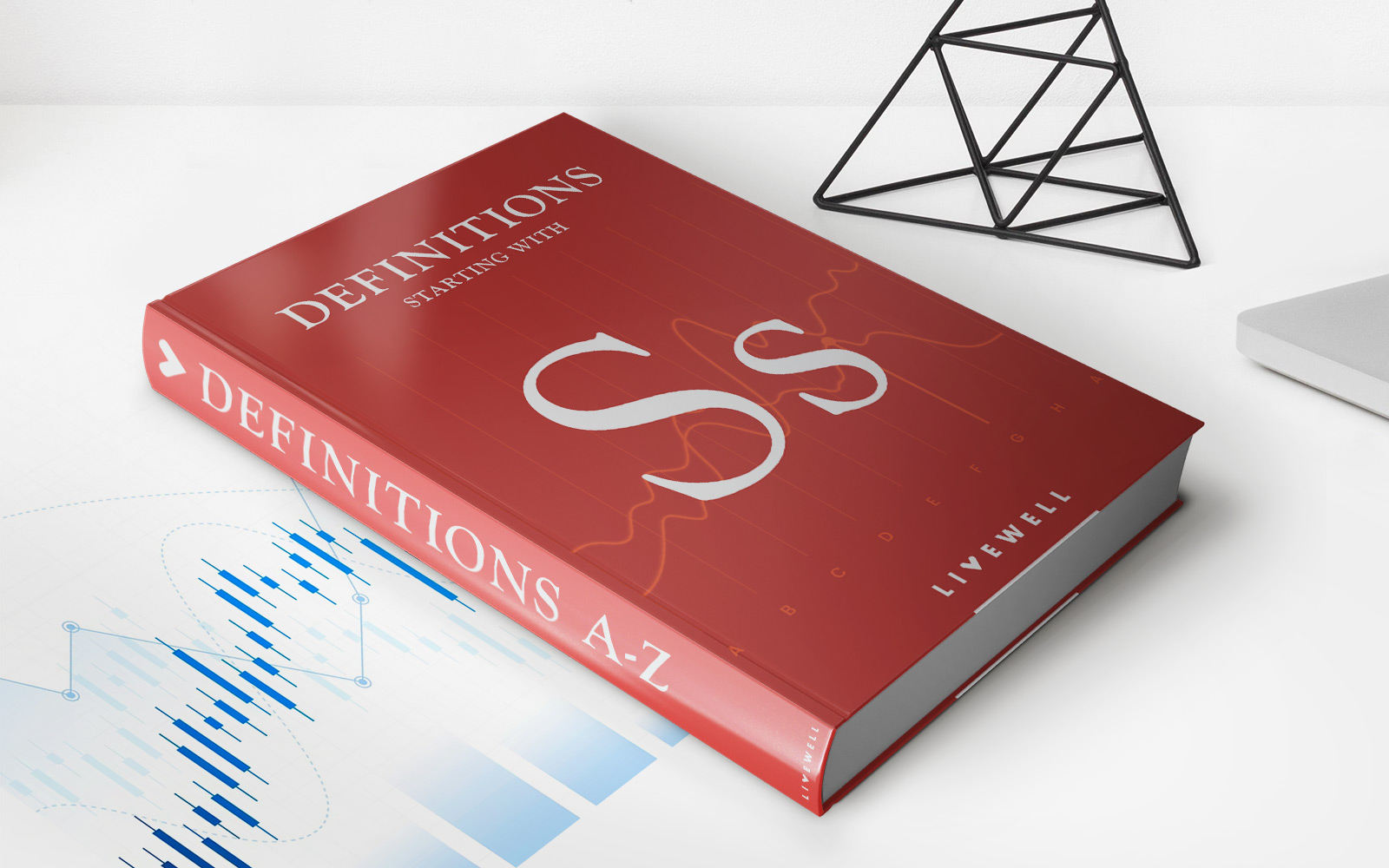Home>Finance>Why Is My Statement Balance Higher Than Current


Finance
Why Is My Statement Balance Higher Than Current
Published: March 2, 2024
Discover why your statement balance might be higher than your current balance and how to manage your finances effectively. Learn more about finance and statement balance.
(Many of the links in this article redirect to a specific reviewed product. Your purchase of these products through affiliate links helps to generate commission for LiveWell, at no extra cost. Learn more)
Table of Contents
Introduction
Understanding the Discrepancy: Statement Balance vs. Current Balance
When you glance at your financial statement and notice that your statement balance is higher than your current balance, it can trigger a wave of confusion and concern. This scenario is not uncommon, and it's important to unravel the reasons behind this apparent disparity. By gaining a deeper understanding of what these balances represent and the factors that can contribute to their differences, you can navigate your financial landscape with confidence and clarity.
The statement balance refers to the total amount you owed on your credit card at the end of the previous billing cycle. It encompasses all the purchases, payments, fees, and interest accrued during that period. On the other hand, the current balance reflects the actual amount you owe at any given moment, accounting for subsequent payments and new charges since the last statement was issued.
This discrepancy between the two balances can stem from various factors, including pending transactions, accrued interest, fees, and payment timing. It's crucial to discern the underlying causes of this disparity to effectively manage your finances and avoid unnecessary stress.
Understanding the nuances of statement and current balances empowers you to make informed decisions and take proactive steps to maintain a healthy financial standing. In the following sections, we will delve deeper into the factors that can lead to a higher statement balance, as well as strategies for effectively managing this situation. By shedding light on these intricacies, we aim to equip you with the knowledge and insights needed to navigate the realm of personal finance with confidence and poise.
Understanding Statement Balance and Current Balance
Deciphering the Differences
Before delving into the reasons behind a higher statement balance, it’s essential to grasp the fundamental disparities between the statement balance and the current balance. The statement balance represents the total amount owed on a credit card at the end of the previous billing cycle. It encapsulates all the charges, payments, fees, and interest accrued during that specific period. In contrast, the current balance reflects the real-time amount owed, accounting for subsequent payments and new charges since the last statement was issued.
When the statement balance exceeds the current balance, it signifies that new charges or pending transactions have not yet been factored into the current balance. This discrepancy is particularly common towards the end of a billing cycle, as recent transactions may not have been included in the current balance, leading to a higher statement balance.
Furthermore, accrued interest and fees can contribute to the disparity between the two balances. If interest has been charged since the last statement or if there are outstanding fees, the statement balance will reflect these additional amounts, leading to a higher figure than the current balance.
Understanding these distinctions is pivotal in effectively managing your finances. By comprehending the interplay between statement and current balances, you can make informed decisions regarding your spending, payments, and overall financial planning. This knowledge empowers you to navigate the complexities of credit card balances with confidence and clarity, ensuring that you remain in control of your financial well-being.
Factors That Can Lead to a Higher Statement Balance
Unraveling the Causes
Several factors can contribute to a higher statement balance compared to the current balance on your credit card. Understanding these influences is crucial for gaining insight into your financial standing and effectively managing your credit card obligations.
- Pending Transactions: One of the primary reasons for a higher statement balance is pending transactions. When purchases or payments are made towards the end of the billing cycle, they may not be reflected in the current balance, leading to a disparity between the two figures. These pending transactions will be captured in the subsequent statement, potentially elevating the statement balance.
- Accrued Interest: If your credit card carries a balance from the previous billing cycle, interest may accrue on this amount until it is paid off. The accrued interest contributes to the statement balance, especially if it has not yet been factored into the current balance.
- Outstanding Fees: Late payment fees, annual fees, or other charges can also augment the statement balance. If these fees are levied after the current balance has been calculated, they will be reflected in the subsequent statement, leading to a higher balance.
- Payment Timing: The timing of your payments in relation to the billing cycle can impact the statement balance. If a payment is made after the current balance has been determined but before the statement is issued, the current balance may not fully capture the payment, resulting in a higher statement balance.
By recognizing these factors, you can proactively address potential discrepancies and take strategic measures to manage your credit card balances effectively. Monitoring pending transactions, staying informed about accrued interest, and being mindful of payment timing are pivotal in maintaining a clear understanding of your financial obligations and ensuring that your statement and current balances align appropriately.
Next, we will explore strategies for managing a higher statement balance, equipping you with actionable approaches to navigate this common financial scenario.
Strategies for Managing a Higher Statement Balance
Navigating Financial Prudence
When faced with a higher statement balance on your credit card, implementing strategic approaches can help you effectively manage this situation and maintain control over your financial well-being. By employing proactive strategies, you can mitigate the impact of a higher statement balance and ensure a harmonious alignment between your statement and current balances.
- Timely Payment: Making timely payments is instrumental in managing a higher statement balance. By ensuring that payments are submitted before the due date, you can minimize the impact of accrued interest and fees, thereby preventing the escalation of your statement balance.
- Monitoring Pending Transactions: Keeping a vigilant eye on pending transactions and factoring them into your financial planning is crucial. By staying informed about pending charges and their potential impact on your statement balance, you can make informed decisions regarding your spending and payment strategies.
- Minimizing Interest Accumulation: If your statement balance is inflated due to accrued interest, prioritizing the reduction of this balance can be beneficial. Allocating additional funds towards paying off the interest-bearing amount can help mitigate the disparity between your statement and current balances.
- Reviewing Fee Incurrences: Assessing any outstanding fees and addressing them promptly is essential. By identifying and resolving outstanding fees, you can prevent them from contributing to a higher statement balance in subsequent billing cycles.
By integrating these strategies into your financial management practices, you can navigate a higher statement balance with prudence and foresight. Proactive financial planning, diligent monitoring of transactions, and a commitment to timely payments are pivotal in ensuring that your credit card balances remain aligned and reflective of your actual financial obligations.
Empowered with these strategies, you can approach a higher statement balance with confidence, knowing that you have the tools and insights to effectively manage this common financial scenario.
Conclusion
Navigating Balance Discrepancies with Financial Acumen
In the realm of personal finance, the discrepancy between statement and current balances is a common occurrence that can perplex and concern individuals. However, by delving into the nuances of these balances and understanding the factors that can lead to a higher statement balance, you can navigate this scenario with clarity and confidence.
By unraveling the causes of a higher statement balance, including pending transactions, accrued interest, fees, and payment timing, you gain valuable insights into your financial obligations. This understanding empowers you to take proactive measures to manage your credit card balances effectively, ensuring that your financial standing remains harmonious and well-managed.
Implementing strategic approaches, such as making timely payments, monitoring pending transactions, minimizing interest accumulation, and reviewing fee incurrences, equips you with the tools to address and mitigate a higher statement balance. These proactive strategies enable you to navigate this common financial scenario with prudence and foresight, fostering a sense of control and financial stability.
Ultimately, by comprehending the intricacies of statement and current balances, and by leveraging strategic approaches to manage discrepancies, you can cultivate a proactive and informed approach to personal finance. Armed with this knowledge, you can confidently navigate the complexities of credit card balances, ensuring that your financial well-being remains steadfast and secure.
As you continue your financial journey, remember that understanding the dynamics of statement and current balances is a valuable asset. By embracing financial acumen and leveraging proactive strategies, you can navigate balance discrepancies with confidence, ensuring that your financial landscape remains aligned with your goals and aspirations.














